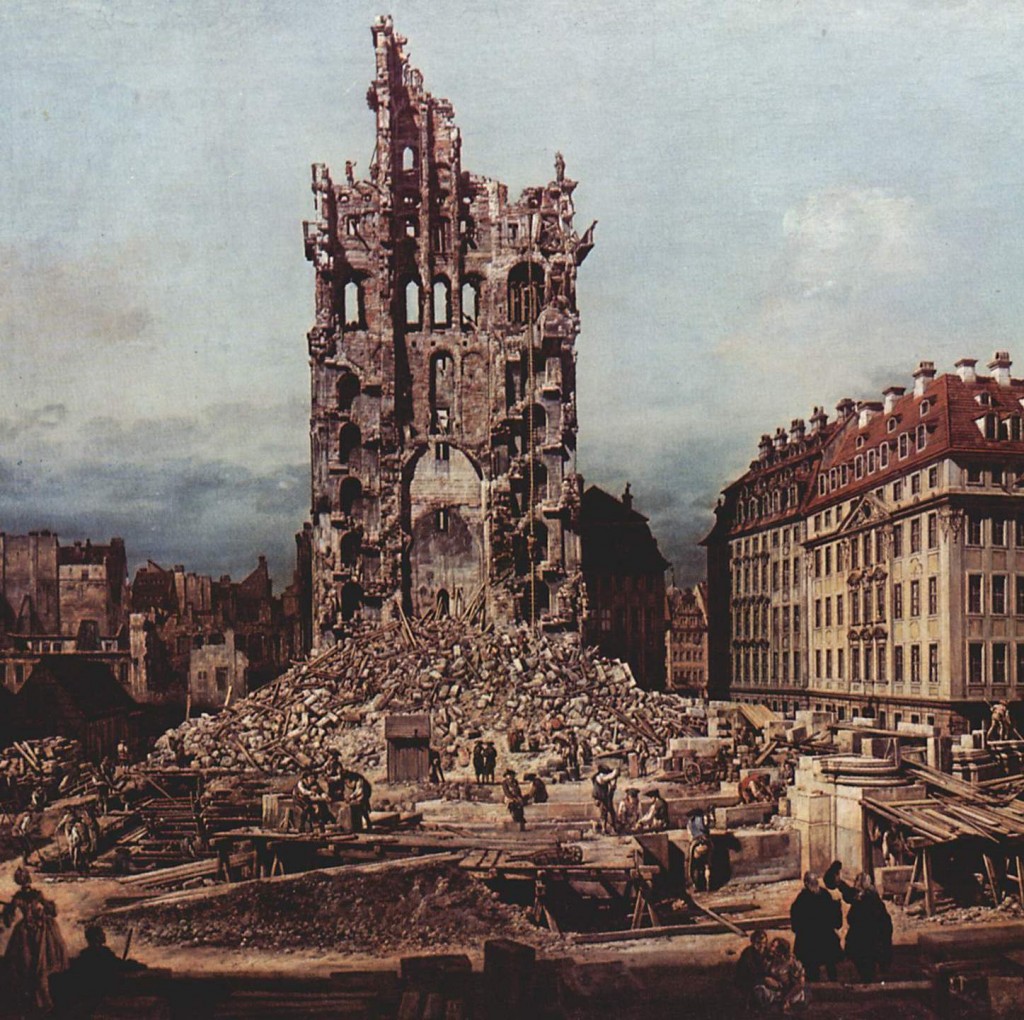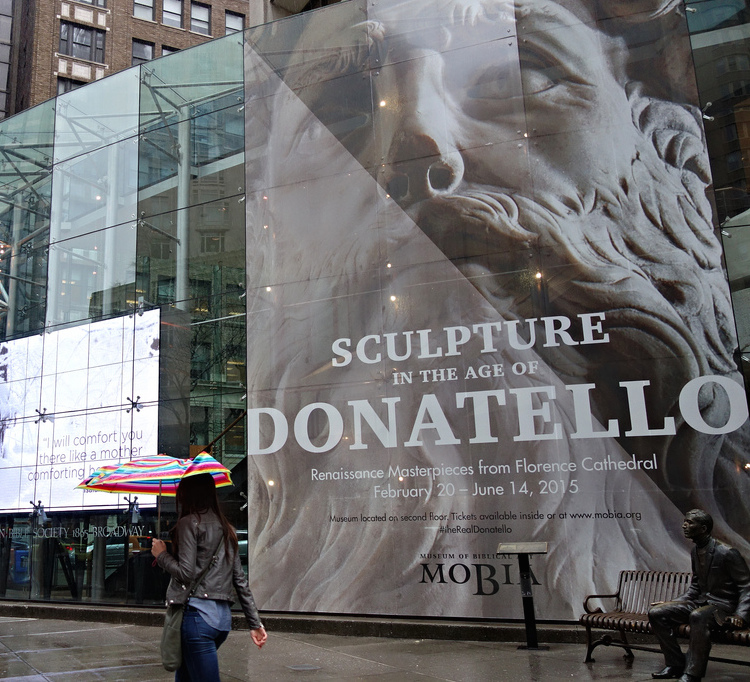The culture crash
This review of Culture Crash, The Killing of the Creative Class, from the New York Times certainly nails the problem right now for most creative types. One continues to hope, though. The Internet, one way or another, ought to be the solution at some point, connecting creator with audience, as the last paragraph of this book review hints (you’ll have to click on the link to read it.):
From the Times review:
“The most depressing of all is a decimation of cultural institutions that’s been apparent roughly since the turn of the 21st century, but has accelerated in the half-dozen years since the start of the Great Recession. It’s an underreported crisis, he asserts, that has affected not only the higher realms of culture, like classical music and painting, but also indie music and indie film and graphic design. And it’s affected not only the artists and practitioners themselves “but also the many people who supported and spread their work” — music critics and publicists and ushers and record store employees. The injury is bad enough; the notion reflected in the typo-ridden reader comments, that the marketplace rules and that anyone who can’t make it there should quit whining and find a real job, piles on another layer of insult.
Timberg — himself a culture journalist who was a victim of one of The Los Angeles Times’s seemingly endless series of layoffs — makes a good case that, as Bob Dylan once put it, “something there’s been lost.” He starts off with a chapter describing cities and times when everything fell into place: the Boston poetry scene in the ’50s, the Los Angeles art scene of the ’60s, the Austin outlaw-country subculture and the New York punk movement of the ’70s. They all had, he says, a critical mass of creators, which attracted successive infusions of like-minded souls, along with institutions as varied as art galleries, specialized magazines, universities and nightclubs like CBGB or Threadgill’s that spread the vibe, hooked artists up with audiences and, in many cases, provided them with day jobs as they developed their gifts.
That was then, this is now. Numbers tell some of the story. After the financial crisis of 2008, jobs in graphic design fell by 19.8 percent over four years, in photography by 25.6 percent over seven years, and in architecture by 29.8 percent over three years. In 1999, recordings generated $14.6 billion in revenue to the music business; by 2012, the figure was down to $5.35 billion. Of course, owing to the change in the dominant distribution model from physical CDs to (first) downloading MP3 files and (now) streaming on services like Pandora and Spotify, performing artists get a thinner slice of the smaller pie. Timberg puts a human face on the statistics with portraits, scattered throughout the book, of poets, artists, moviemakers and reporters who had been doing good work and making not great but decent livings, when all of a sudden the rug was pulled out from under them.”

